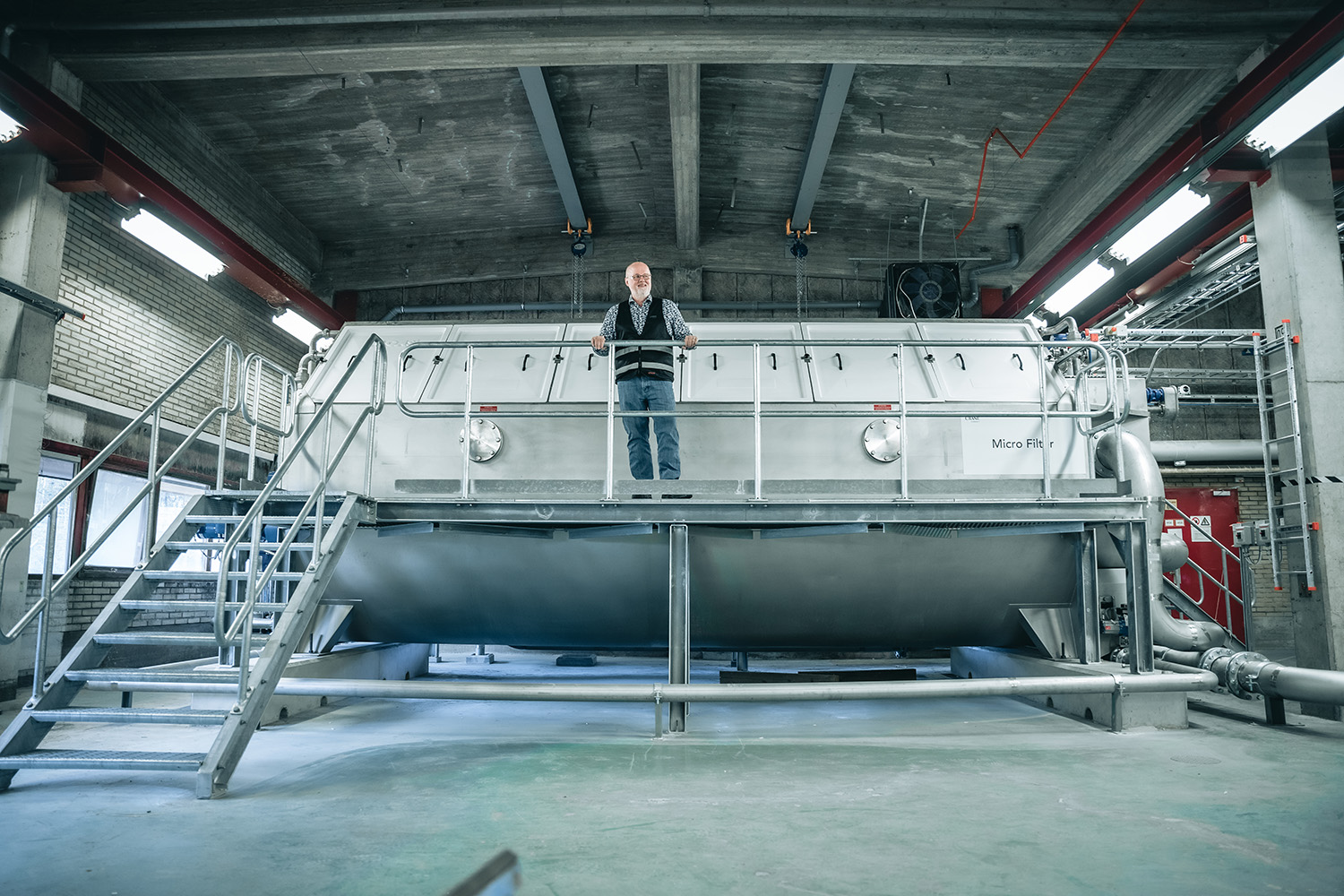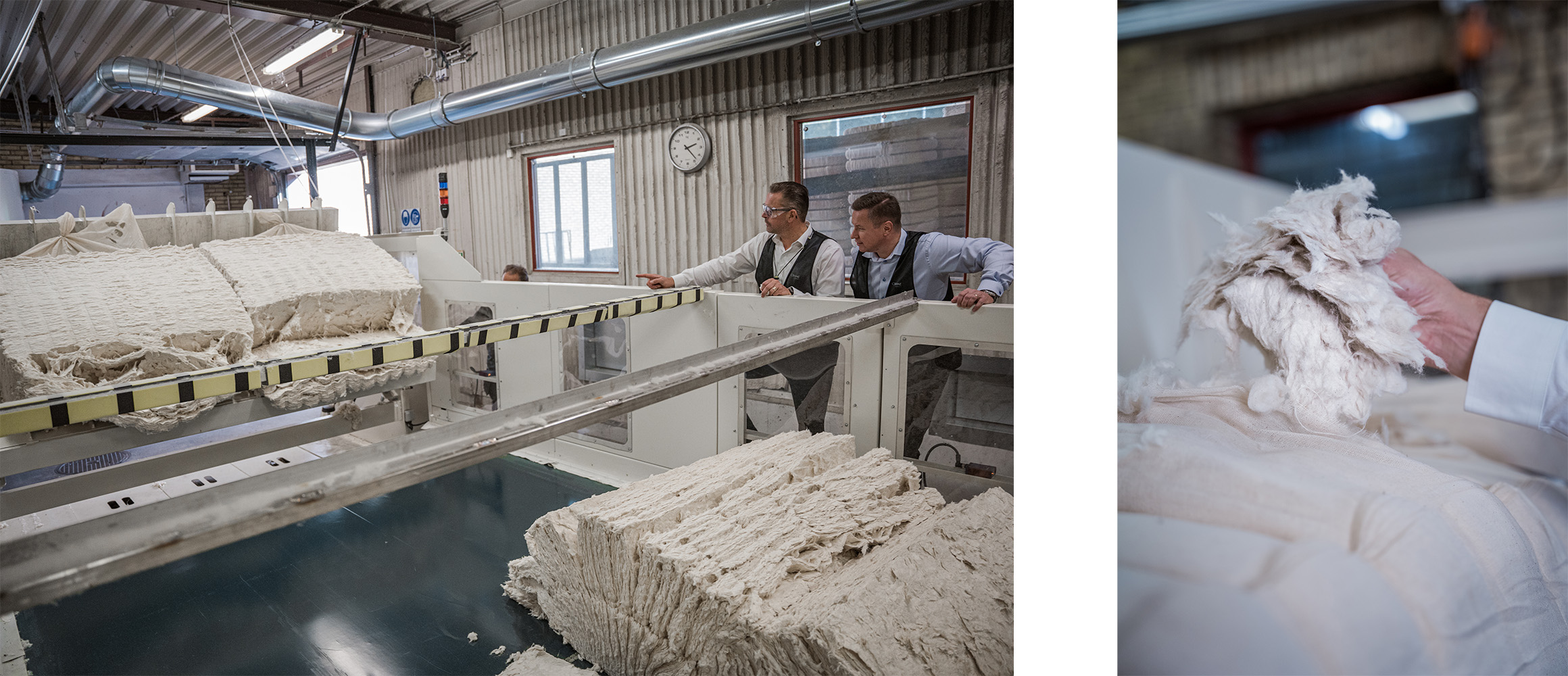14th November 2022
Major Environmental Gains when Crane in Tumba Invests in New Water Filter for Banknote Paper Production
The paper mill in Tumba, Sweden, has made banknote paper since 1755. Today, the business is run by Crane AB, producing durable and secure banknote paper for government printing works and for Crane’s own banknote printing works supporting central banks worldwide. Together with representatives from Botkyrka Municipality, Crane has inaugurated a huge filtration system that will reduce water consumption by as much as 500,000 cubic meters per year (130 million gallons) and remove more cotton fibers for reuse in paper production.
“Our sustainability ambition is to improve and streamline production continuously. As a paper manufacturer, we use a lot of water and have therefore focused on reducing the use of water in a smart way. The new investment is great for both our long-term business and the environment,” says Sixten Jansson, Director of Operations and Managing Director of Crane AB.
The opening ceremony was attended by leading municipal politicians, including Ebba Östlin (S), chair of the Botkyrka municipal council.

To the left, Ebba Östlin and Sixten Jansson. To the right, Botkyrka Municipality and the Crane associates who work with improving the sustainability and efficiency of the Tumba facilities.
“Our municipality has grown up around the paper mill and Botkyrka would not look the same without this historic site. Today, Crane is a large and important employer that contributes to the development of business in the municipality – and shows that it is possible to make climate and environmentally smart investments profitably,” says Ebba Östlin.
Huge Water Filtration System
The paper mill in Tumba is located near two lakes in Botkyrka, approximately 20 kilometers from Stockholm. The mill has long had well-developed processes for water purification and drying of paper. All wastewater from the plant is sent to a local wastewater treatment plant in the municipality where the cotton fibers lost to papermaking are separated from the wastewater to end up either as fuel for biogas or as soil fertilizer.
The new filtration system weighs a full 42 tons and is ten meters long, three meters wide and three meters high. It enables Crane to reduce water consumption by around 500,000 cubic meters per year. At the same time, the system captures cotton fibers for reuse, separating about 108 tons per year. The captured cotton fibers can then be returned directly to the papermaking process.
“Reuse is always preferable to recycling. We are always working to improve our production and with the new plant, significantly more quantities of cotton fiber can be reused in production instead of passing to waste,” Sixten Jansson continues.

Kari Riihelä, Technical Project Manager, in front of the new water filtration system.
New Bale Opener Increases Internal Cotton Pulp Production
At the same time, Crane has invested in a new cotton bale separator in the Tumba paper mill. The cotton used in the production of banknote paper comes in highly compressed bales weighing several hundred kilos each. The bale separator opens and aerates the cotton before bleaching and refining allowing better control of those processes and turning more cotton fiber into production-ready pulp.

The new bale opener will greatly improve the efficency of the Tumba production.